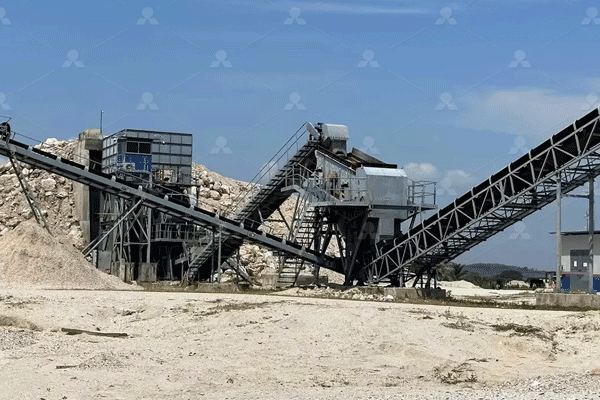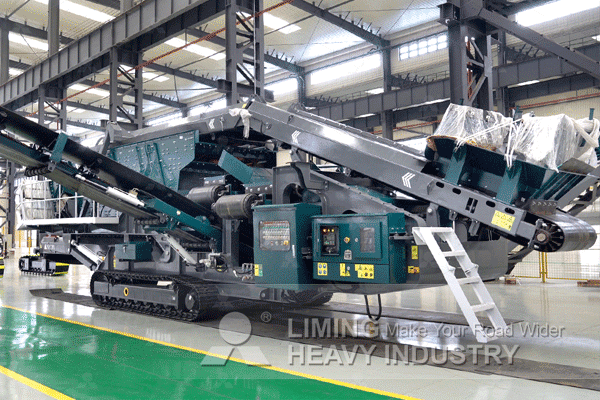What Type of Crusher Is Best for Primary Crushing?
Primary crushing is a crucial stage in mineral processing and aggregate production. Selecting the right crusher ensures efficiency, reduced operational costs, and optimal product quality. This article explores the best crusher types for primary crushing, their advantages, and key considerations when choosing one.
Jaw Crushers: The Most Common Choice
Jaw crushers are widely used for primary crushing due to their simplicity and reliability. They work by compressing material between a fixed and moving jaw plate, breaking large rocks into smaller pieces. These crushers handle hard and abrasive materials efficiently, making them ideal for mining and quarrying applications.
Key benefits include:
- High reduction ratios
- Ability to process various materials (granite, basalt, recycled concrete)
- Low maintenance requirements
However, jaw crushers may produce unevenly sized particles compared to other options.
Gyratory Crushers: Ideal for High-Capacity Operations
Gyratory crushers excel in large-scale operations requiring high throughput. They feature a conical head gyrating inside a concave bowl, crushing material continuously rather than intermittently like jaw crushers. This design allows higher capacity with lower energy consumption per ton processed.
Advantages include:
- Greater efficiency in processing softer rocks
- Continuous operation reduces downtime
- Better suited for abrasive materials
Their main drawback is higher initial cost and complex installation compared to jaw crushers. 
Impact Crushers: Suitable for Less Abrasive Materials
Impact crushers use hammers or blow bars to strike incoming material at high speed, breaking it apart through impact forces rather than compression. While less common for primary crushing, they work well with softer or non-abrasive materials like limestone or recycled concrete.
Pros of impact crushers:
- Produces well-shaped cubical aggregates
- Lower operating costs in certain applications
- Adjustable output size through rotor speed changes
Limitations include higher wear rates when processing hard or abrasive stones.
Roll Crushers: Best for Friable Materials
Roll crushers consist of two rotating cylinders that crush material by compression as it passes between them. These machines are effective for softer materials like coal or salt but struggle with harder rocks unless configured specifically for tougher feedstocks.
Benefits include:
- Minimal fines generation (useful in coal processing)
- Compact design saves space
- Lower energy consumption compared to other types
However, roll crushers have limited capacity and are unsuitable for highly abrasive feeds without frequent maintenance interventions.
Choosing the Right Primary Crusher
Selecting the best primary crusher depends on several factors: 
- Material Hardness & Abrasiveness – Jaw or gyratory models suit hard rocks; impact/roll variants work better with softer feeds.
- Production Requirements – High-capacity operations favor gyratory units; smaller plants benefit from jaw configurations.
- Final Product Shape Needs – Impact models yield cubical outputs ideal for concrete/asphalt mixes.
- Maintenance Considerations – Simpler designs reduce downtime costs over time.
By evaluating these criteria alongside budget constraints—such as capital expenditure versus long-term operating expenses—operators can optimize their primary crushing setup effectively while ensuring reliable performance throughout its lifespan.
In conclusion,the best choice varies based on application-specific needs, but understanding each type’s strengths helps make informed decisions tailored toward operational success without unnecessary compromises later down the line.”
